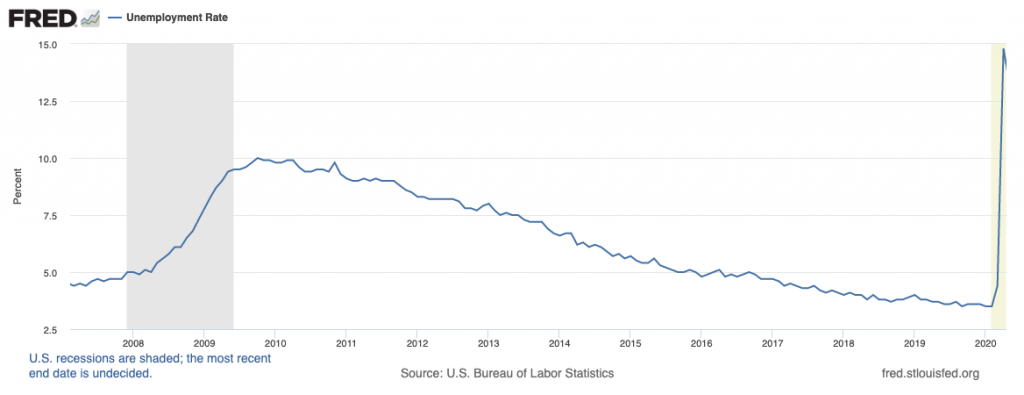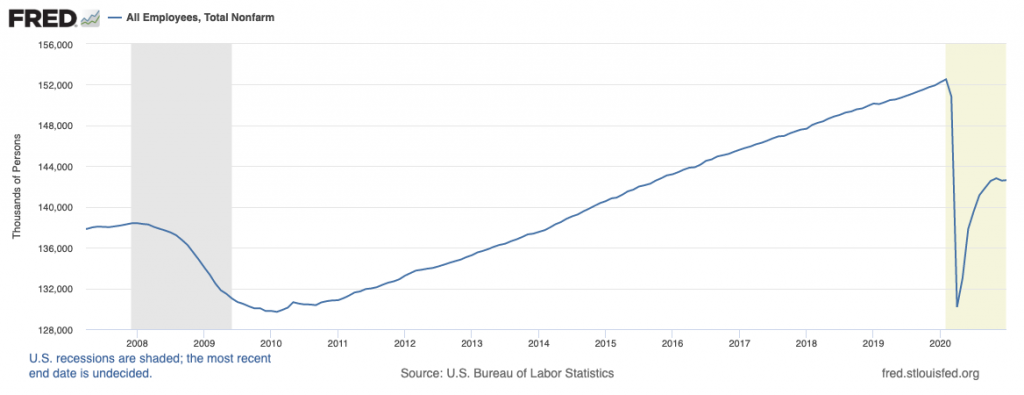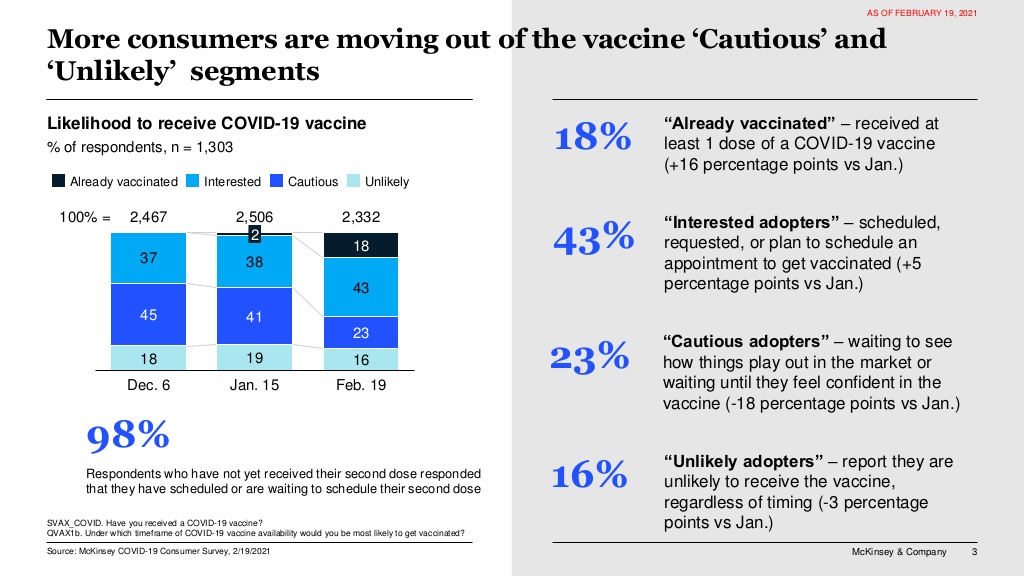Worst of Times
During the Great Financial Crisis, 8.5 million workers lost their jobs. The U.S. unemployment rate rose from 4.7% in late 2007, to 10% in October 2009. In comparison, the 2020 Great Lockdown forced 17.9 million people to lose their employment, in a matter of a few months, swelling the unemployment rate in this instance from 3.5% to 14.8%. The worst of times.

Better Times Ahead
It took eight years for the job market to return to its pre-recession levels during the Great Financial Crisis, a long time indeed. And yet, the economy eventually found its footing, spurring a decade of continuous job growth until the Covid-19 pandemic struck in February 2020. So far, the facts suggest that the coronavirus Sudden Stop Shock appears less dire than its predecessor recession. How so?

From February through April 2020, 23.1 million workers suddenly found themselves without jobs, the highest figure by far in U.S. history; this unforeseen shock was unpreventable, because of the necessity of the federal government’s mandated lockdown that was ushered in place to allegedly curtail the spread of this horrible disease.
The recession has ended and the economy is improving from pent-up demand. Consumers are ready to get out of the house and do something, anything, including spending. Since the April 2020 low point, the number of idle workers has decreased by 12.4 million; the unemployment rate is down to 6.3%. As I pen this post, the number of unemployed continues to remain painfully high, and job growth stubborn, yet there are reasons to be optimistic.
For example, Walmart just increased its minimum wage to over 400,000 of its employees to $15 per hour. Concurrently, Costco increased its minimum wage to $16. This is a big win for retail workers and the labor market, which may improve workers’ standards of living. We are witnessing the resilience of Americans, and the economy is coming back smartly. Financial and real assets have shown considerable appreciation, both equities and residential housing are near record levels. While the scope of the coronavirus continues its carnage, many of those pushed out of the workforce from the contagion are once again back on the job.
The Vaccine
How long does it take to develop a novel vaccine from scratch? Four years was the fastest time it ever took to develop a vaccine; it was for the mumps. According to Yale Medical, the average time to bring a vaccine to market is ten years. Amazingly, Pfizer and Moderna launched two vaccines in ten months. And, Johnson & Johnson is rolling their one-shot vaccine immediately. Folks, that’s some kind of positive news. How about a hip hip hooray for our medical science heroes!
A recent survey conducted by McKinsey & Co. indicates that as the vaccine continues to be distributed and administered more Americans are warming up to the idea of inoculation which is essential to protecting themselves and preventing widespread infection to others. The way forward out of this pandemic is by collectively getting the vaccination. United we stand and divided we fall has never been truer.

Green Shoots
Now, a year after this plague turned our lives upside down there are green shoots sprouting. The small country of Israel has been a trailblazer in combatting this disease. Israel has already inoculated nearly one-third of its 9 million population. The data released on February 24th is quite compelling. As reported by the Associated Press, “The vaccine was 92% effective at preventing severe disease after two shots and 62% after one.” That’s positive!

